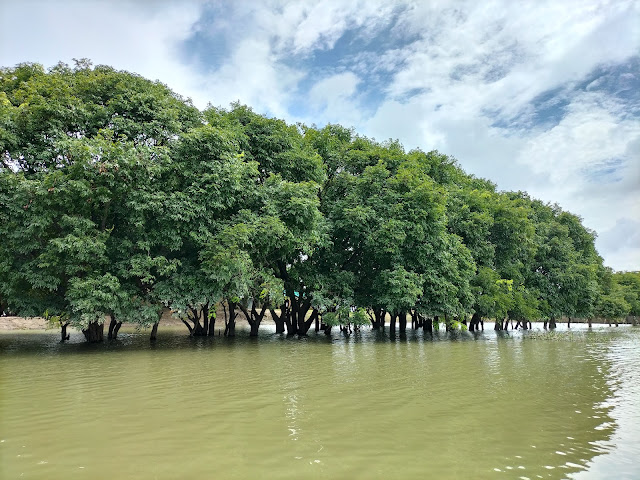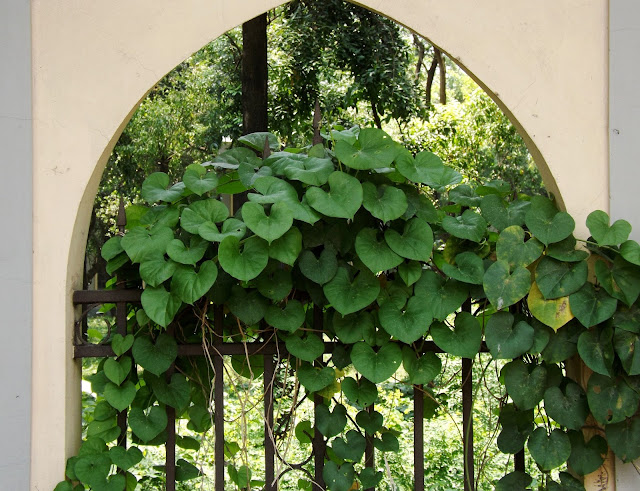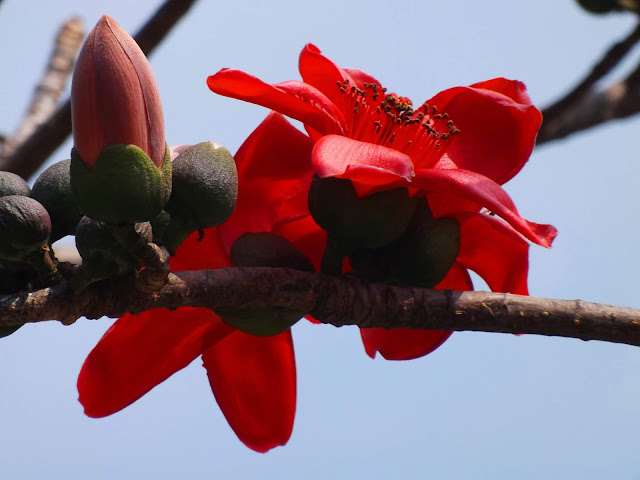Koroch or Kures, Dalbergia reniformis
Leaves are dark green, whitish green beneath, glabrous, compound, 15-32 cm long, imparipinnate; leaflets 7-9, entire, petiolate, oblong-lanceolate, 6-10 cm and 3-5 cm wide with rounded base and acute apex, alternate, coriaceous. New leaves are ovate, shiny and light green with bending apex.
Flowers are white, in axillary inflorescence, 10-13 cm long, rachis brown-pubescent, calyx campanulate, 5-lobed; Corolla clawed; Stamens 10. Flowers come in spring.
Pods are glabrous, 2-5-3 cm long and .5-.7 cm wide. Ripe fruits are fleshy, joints reniform; usually 1-seeded but also 2-seeded sometimes. Seeds are also reniform. The plant is propagated by seeds.
The tree protects the habitat from strong winds. Apart from this, soil erosion is also prevented. Wood is used as fuel. Due to the shape of the ripe fruits and seeds, the word reniformis is added to the last part of its binominal name.
Although it can be seen in India and Myanmar, the tree is becoming very limited in the natural environment of Bangladesh day by day. IUCN marks the rare tree by 'vulnerable'. Many people in the country mistakenly confuse it with Koronja. When the haor is completely submerged in water, another water-tolerant tree, the Hijol, is seen as its real companion.







আসলে করচ গাছ নিয়ে তেমন কোন পোস্ট নেট বা কোন লেখকের লেখায় পাইনি। করঞ্জার সাথে অধিকাংশই মিক্সড করে ফেলেছিল। থ্যাংকস ইনফরমেটিভ এই পোস্টের জন্য।
ReplyDeleteThank you sir. You are doing great work. I have extensively read you blogs. I have alreadly started collecting rare / almost extinct plants' seeds. I will try and preserve as much as possible from my side.
ReplyDeleteYou’ve a nice soul to photograph the pictures
ReplyDelete